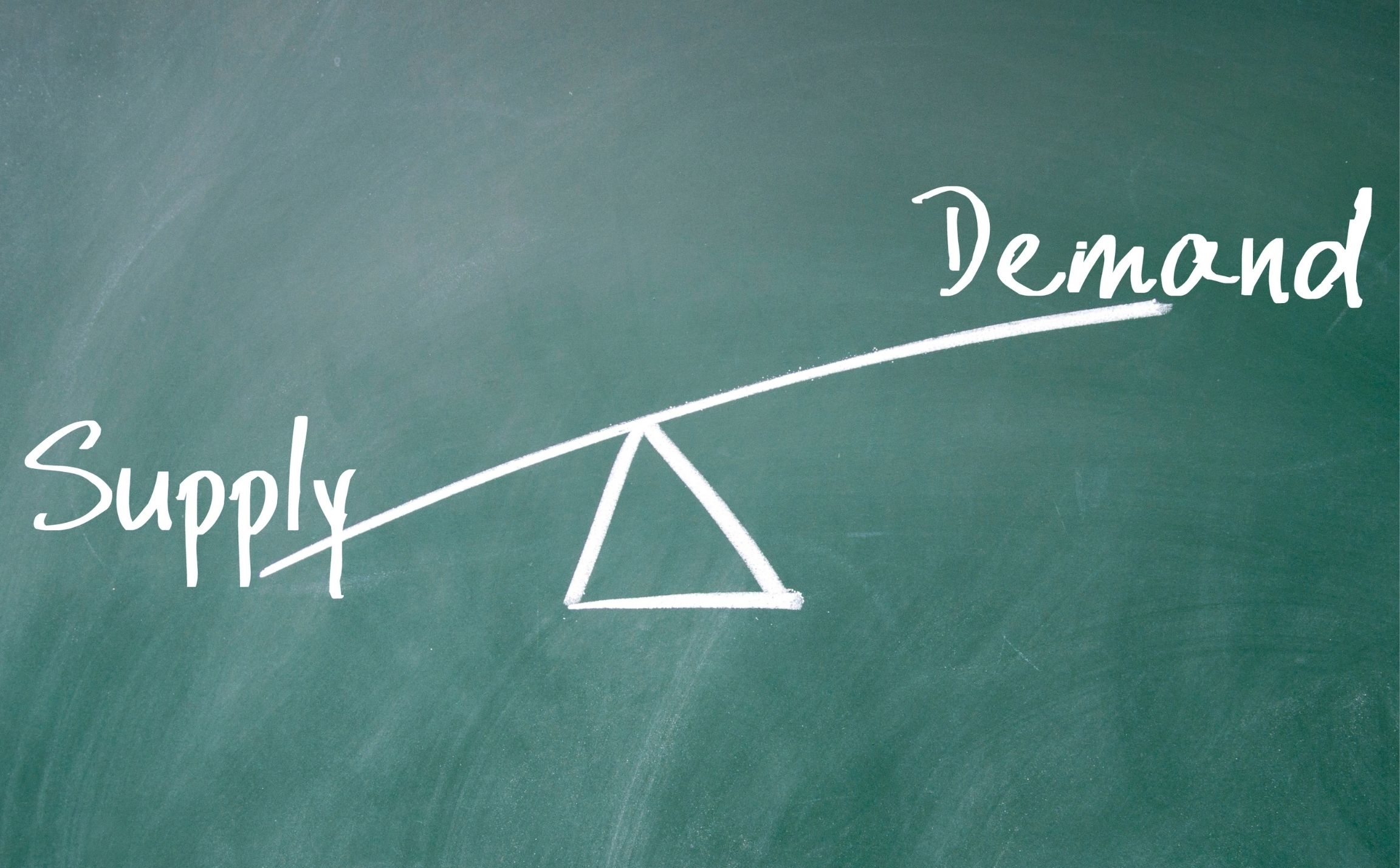3.0 Introduction
Learning Objectives
At the end of this chapter, learners will be able to:
- Explain Demand and Quantity demanded
- Discuss variables that influence demand
- Describe Supply and Quantity supplied
- Elaborate variables that influence supply
- Illustrate Market Equilibrium
- Use demand-supply graphs to predict changes in price and quantity

When economists talk about prices, they are less interested in making judgments than in understanding what determines prices and why prices change.
In perspective
Consider a price most of us contend with weekly: that of a litre of gas. Why was the average price of gasoline in Canada $1.39 per litre in July 2021? Why did the gasoline price fall sharply to 77.8 cents per litre in April 2020? To explain these price movements, economists focus on the determinants of what gasoline buyers are willing to pay and what gasoline sellers are willing to accept.
Usually, the price of gasoline in June of any given year is nearly always higher than in January. Over recent decades, gasoline prices in midsummer have averaged about 10 cents per gallon more than their midwinter low. The likely reason is that people drive more in the summer and are willing to pay more for gas, but that does not explain how steeply gas prices fell. Other factors were at work during those 18 months, such as increases in supply and decreases in the demand for crude oil.
This chapter introduces the economic model of demand and supply—one of the most influential economic models. The discussion here begins by examining how demand and supply determine the price and the quantity sold in markets for goods and services and how changes in demand and supply lead to changes in prices and quantities.
Attribution
“Chapter 3 Introduction to Demand and Supply” in Principles of Economics 2e by OpenStax is licensed under Creative Commons Attribution 4.0 International License.

